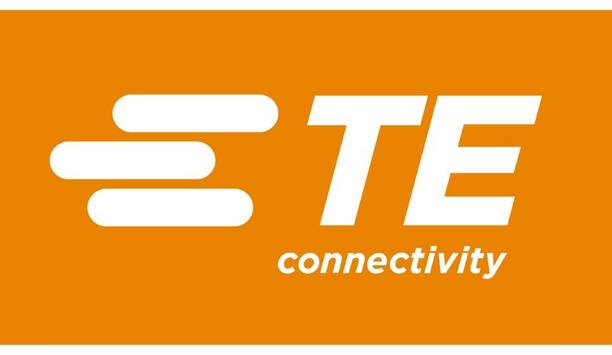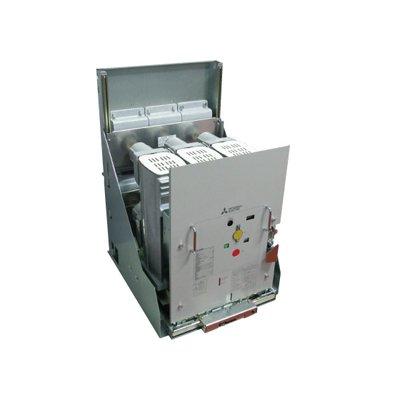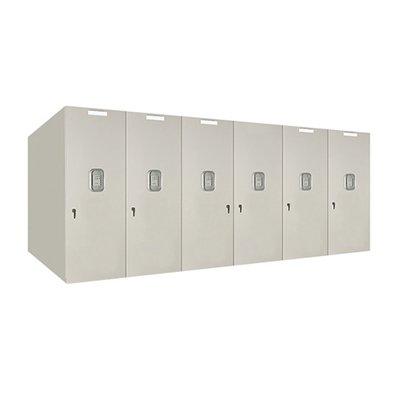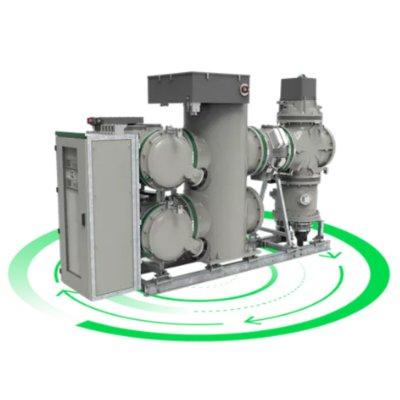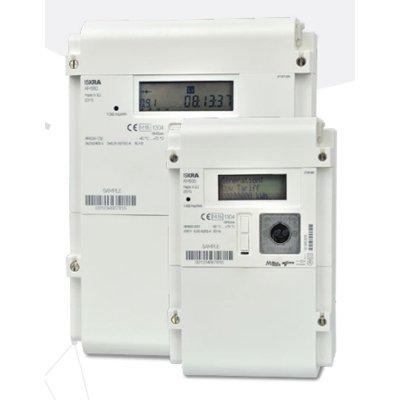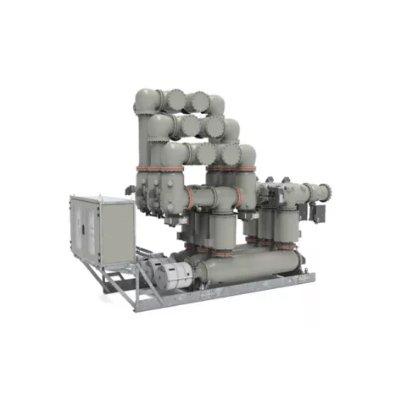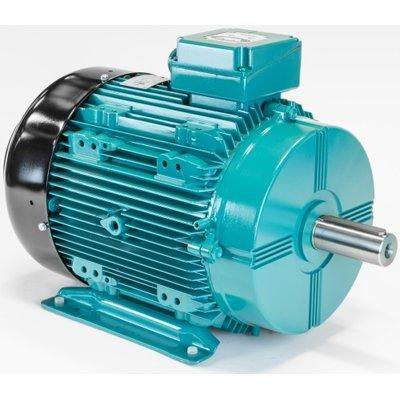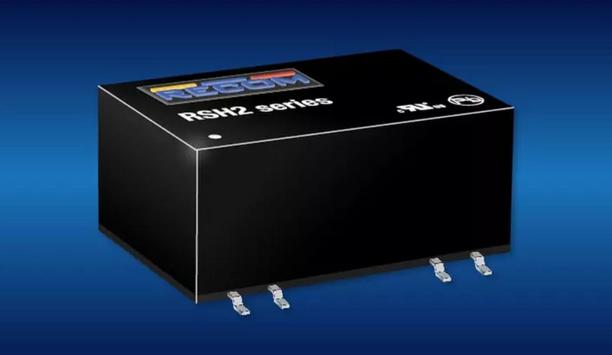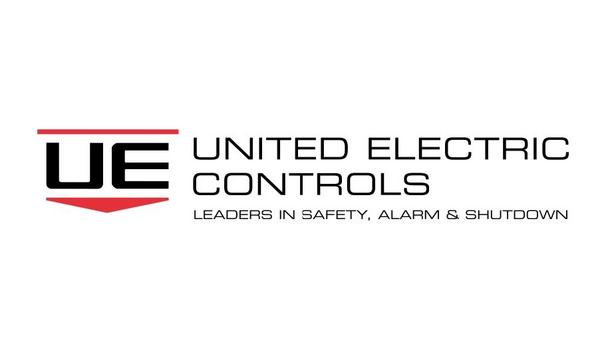It is of vital importance that operators make use of the pertinent personal protective equipment in perfect conditions to prevent electrocution, burns due to contact or electric arc, and even death.
Dielectric gloves are an essential personal protective element that protects workers from a possible electric shock during direct or indirect contact with a live point.
Personal protective element
Dielectric gloves are used for performing tasks involving low and medium-voltage electric lines
Dielectric gloves are used for performing tasks involving low and medium-voltage electric lines, and they also serve as a barrier in operations involving lines, equipment, and circumstances where, due to fortuitous causes, the worker may be exposed to dangerous voltages or the systems may accidentally become live.
Thus, choosing the appropriate PPE for each job is as important as its conservation and maintenance to prevent an operator from suffering an undesired accident.
Recommendations For The Conservation And Testing
Insulating gloves for live works are personal protective equipment that prevents electrical risk and are classified in category III (life-threatening risk) as per Directive 89/686/EEC.
The reference standards (EN 60903 and CEI 60903) define the recommendations for use and testing.
Recommendations
Class O and OO Gloves
- Checking for air leaks and visual control - Before each use.
- Checking dielectric properties - At the request of the customer.
Class 1 to 4 Gloves
- Checking for air leaks and visual control - Before Each Use.
- Checking dielectric properties - Mandatory every six months as of putting into service. Maximum of 12 months as of the date of manufacture if they have not been used.
The definition of the useful service life of a glove does not preclude in any way the recommendations in terms of periodic checks
Storage Conditions
The gloves are delivered in a UV-resistant plastic bag, suitable for transport and storage
According to standard EN 60903 and IEC 60903 of class C, gloves can be used at room temperatures of between -40°C and +55°C.
The gloves are delivered in a UV-resistant plastic bag, suitable for transport and storage. Store the gloves in a dry and dark place at a temperature of between 10°C and 21°C; do not compress, fold or store near sources of heat, light, or ozone.
Electrical tests for insulating gloves
To provide all our customers with the best after-sale service for dielectric gloves, Sofamel has acquired a re-testing cabin for gloves from the American company PHENIX, specially designed for performing electrical tests as per standards EN 60903 and CEI 60903.


